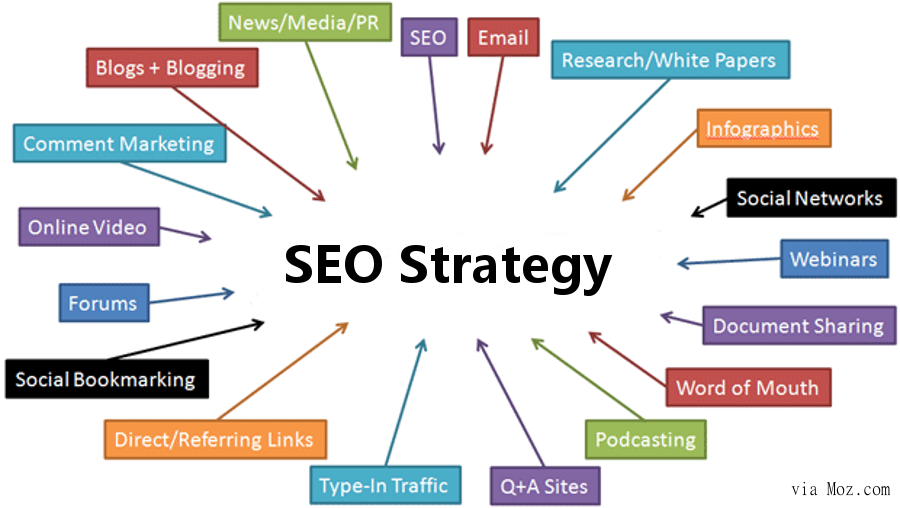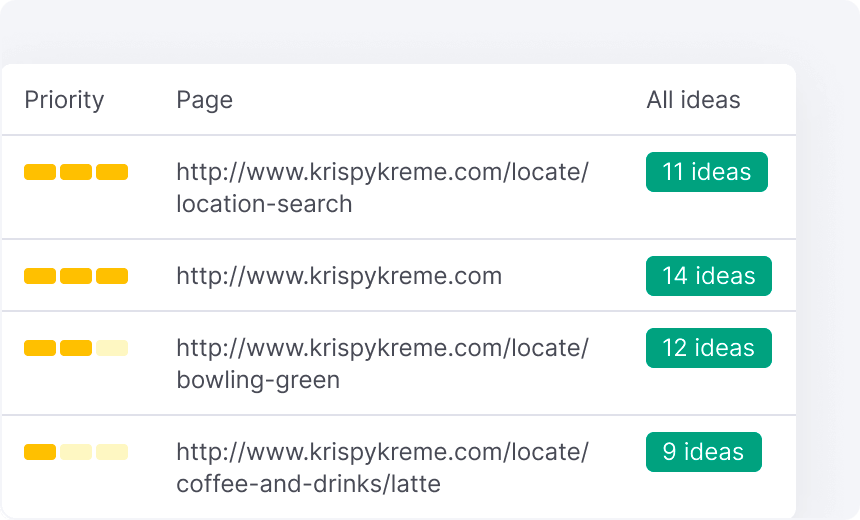Critical Info on What Is Not Considered a Default Medium in Google Analytics
Critical Info on What Is Not Considered a Default Medium in Google Analytics
Blog Article
Unveiling the Unconventional Mediums in Google Analytics Beyond Default Settings
In the world of digital analytics, Google Analytics stands as a foundation for organizations looking for to comprehend their online existence. While default setups supply beneficial insights, truth deepness of recognizing hinge on discovering the unique mediums that frequently go undetected. By venturing beyond the surface and delving into the complexities of social media data, email campaign performance, reference traffic sources, straight traffic patterns, and personalized channel collections, a gold mine of information awaits those going to embrace a more nuanced approach. Nevertheless, what lies underneath these unusual mediums might just redefine exactly how businesses perceive and strategize their on-line campaigns.

Leveraging Social Network Insights
Occasionally neglected, yet tremendously valuable, is the technique of leveraging social media insights within the world of Google Analytics. By integrating information from platforms like Facebook, Twitter, Instagram, and LinkedIn into Google Analytics, companies can obtain a much deeper understanding of their audience and the performance of their social networks campaigns.
Via this combination, marketing professionals can analyze and track user habits on their site that stems from social media platforms. They can identify which social media sites channels are driving the most traffic, which content is resonating with the target market, and which campaigns are transforming one of the most leads. This insight permits data-driven choices to enhance social networks approaches and enhance total advertising efficiency.
Furthermore, by combining social networks insights with Google Analytics, businesses can develop much more targeted and individualized projects - what is not considered a default medium in google analytics. They can use demographic info, interests, and on the internet behaviors gathered from social media to fine-tune their audience segmentation and deliver customized messages that resonate with details consumer teams. This targeted technique can lead to greater involvement, increased conversions, and inevitably, improved return on investment
Discovering Email Project Performance
Revealing Email Project Efficiency involves examining key metrics and efficiency indicators to assess the effectiveness of e-mail advertising and marketing initiatives. When delving right into email project efficiency, it is vital to examine metrics such as open prices, click-through rates, conversion rates, and unsubscribe rates. Open up prices suggest the percentage of recipients who opened the e-mail, supplying understanding into the efficiency of subject lines and sender names. Click-through prices measure the percent of receivers that clicked web links within the email, showing engagement levels. Conversion rates track the percentage of recipients who completed a wanted action after clicking on a link in the e-mail, such as authorizing or making a purchase up for a newsletter. Lastly, unsubscribe prices highlight the number of recipients who pulled out of receiving more emails, losing light on e-mail material top quality and significance. By examining these metrics, marketing experts can tweak their e-mail projects for much better engagement and performance.
Analyzing Recommendation Web Traffic Sources
After examining the performance of e-mail projects through essential metrics such as open prices and conversion prices, the following crucial action is assessing referral web traffic sources in Google Analytics to understand where internet site visitors are coming from and how they engage with the website. Referral website traffic sources refer to the websites that route users to your site via clickable links. By diving into this data, services can obtain insights into which external systems are driving web traffic to their website, whether it be social media platforms, companion websites, or on the internet directory sites.
It helps businesses determine high-performing recommendation resources that contribute substantially to web site web traffic and conversions. Google Analytics uses thorough records on recommendation website traffic, enabling businesses to track the performance of each recommendation source properly and make data-driven choices to enhance their on-line existence.
Discovering Direct Traffic Patterns
Checking out the direct web traffic patterns in Google Analytics gives important insights into user behavior and the efficiency of campaigns - what is not considered a default medium in google analytics. Direct traffic refers to visitors that arrive at an internet site by directly keying the URL into their web browser, making use of bookmarks, or clicking on untagged web links. Recognizing straight traffic patterns can aid marketing professionals why not try this out examine the effect of offline advertising efforts, brand acknowledgment, and the performance of word-of-mouth referrals
By diving into direct website traffic data, services can reveal vital information about user intent and brand commitment. Analyzing the actions of direct visitors, such as the pages they check out, the moment invested in website, and the conversion rate, can offer a much deeper understanding of user engagement and the total efficiency of the site in converting site visitors into consumers.
In addition, tracking direct traffic patterns over time permits businesses to determine patterns, seasonality impacts, and the success of certain projects or promotions in driving direct sees. This information can after that be made use of to refine marketing strategies, maximize web site content, and boost the general customer experience to take full advantage of conversions.
Using Personalized Network Groupings
Using custom-made network groupings in Google Analytics enables organizations to classify and analyze their site web traffic based upon specific requirements, providing beneficial insights for optimizing marketing approaches. Custom network groupings enable firms to create their very own tailored groupings of traffic sources, such as social media sites, natural search, email campaigns, and reference traffic. By defining these groups, companies can get a deeper understanding of how different advertising networks add to their web site traffic and conversions.
This attribute is specifically helpful useful content for businesses with diverse marketing approaches throughout numerous platforms. A firm running both paid and natural social media projects can separate between the 2 to assess their individual efficiency properly. Additionally, custom channel groupings can help determine any kind of forgotten or undervalued website traffic sources that might be driving beneficial interaction.
Verdict

By venturing past the surface area and diving into the intricacies of social media data, e-mail campaign efficiency, recommendation website traffic resources, direct website traffic patterns, and personalized channel groups, a prize trove of info waits for those ready to embrace a much more nuanced method. They can useful link recognize which social media channels are driving the most traffic, which web content is resonating with the audience, and which projects are converting the most leads.After examining the efficiency of email campaigns via key metrics such as open rates and conversion prices, the following important action is analyzing recommendation website traffic sources in Google Analytics to comprehend where internet site visitors are coming from and exactly how they connect with the site. Custom-made network collections allow firms to produce their own personalized collections of traffic sources, such as social media, organic search, email campaigns, and referral traffic. By leveraging social media insights, discovering e-mail project performance, analyzing referral website traffic sources, checking out direct traffic patterns, and using custom channel groupings, marketers can acquire useful insights right into their on-line presence.
Report this page